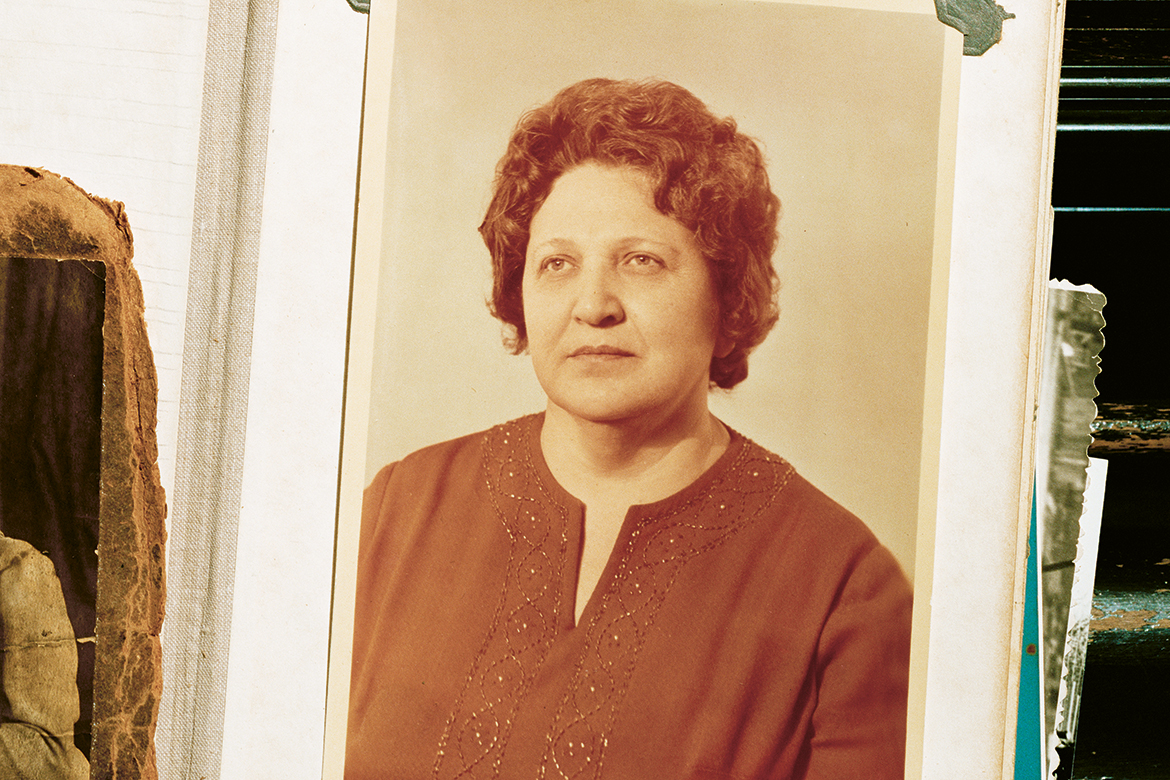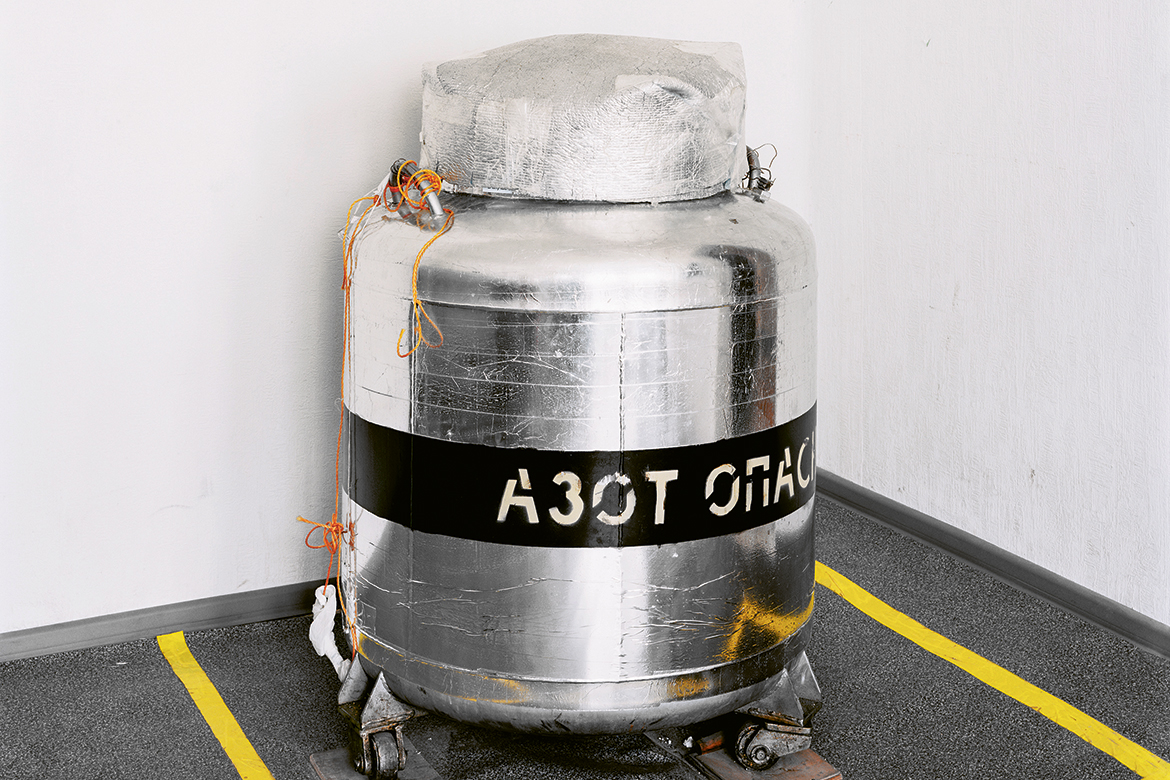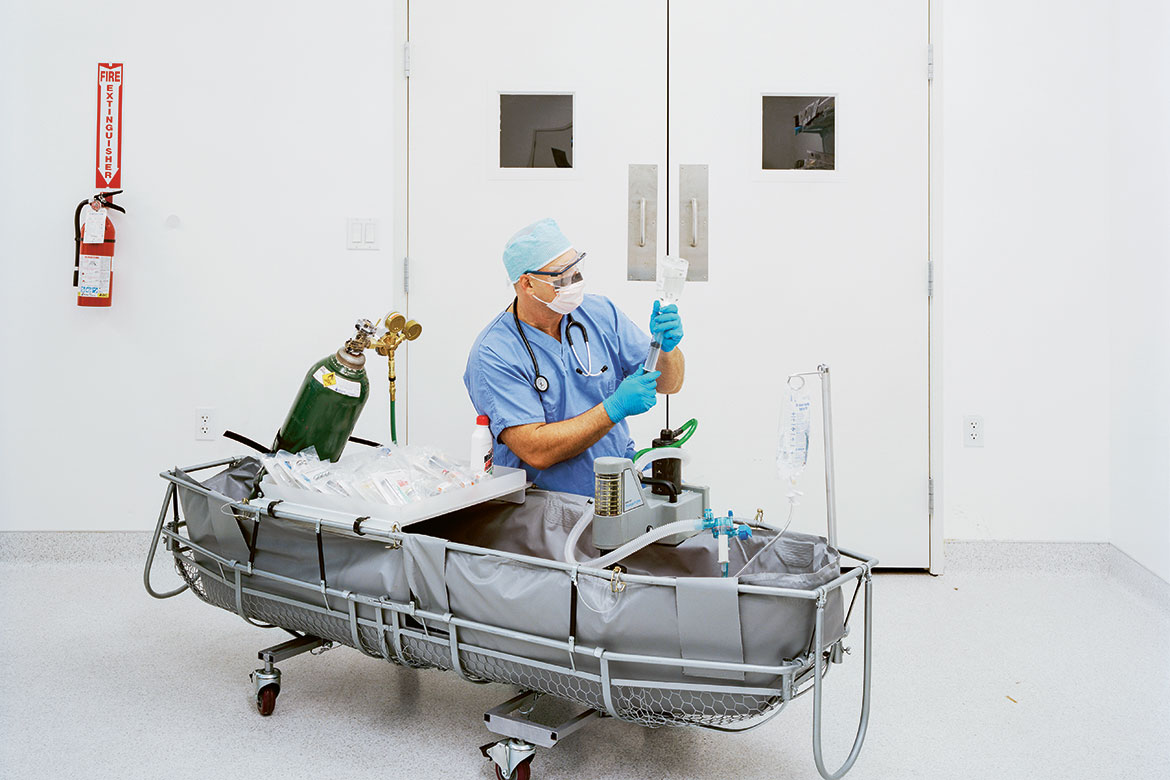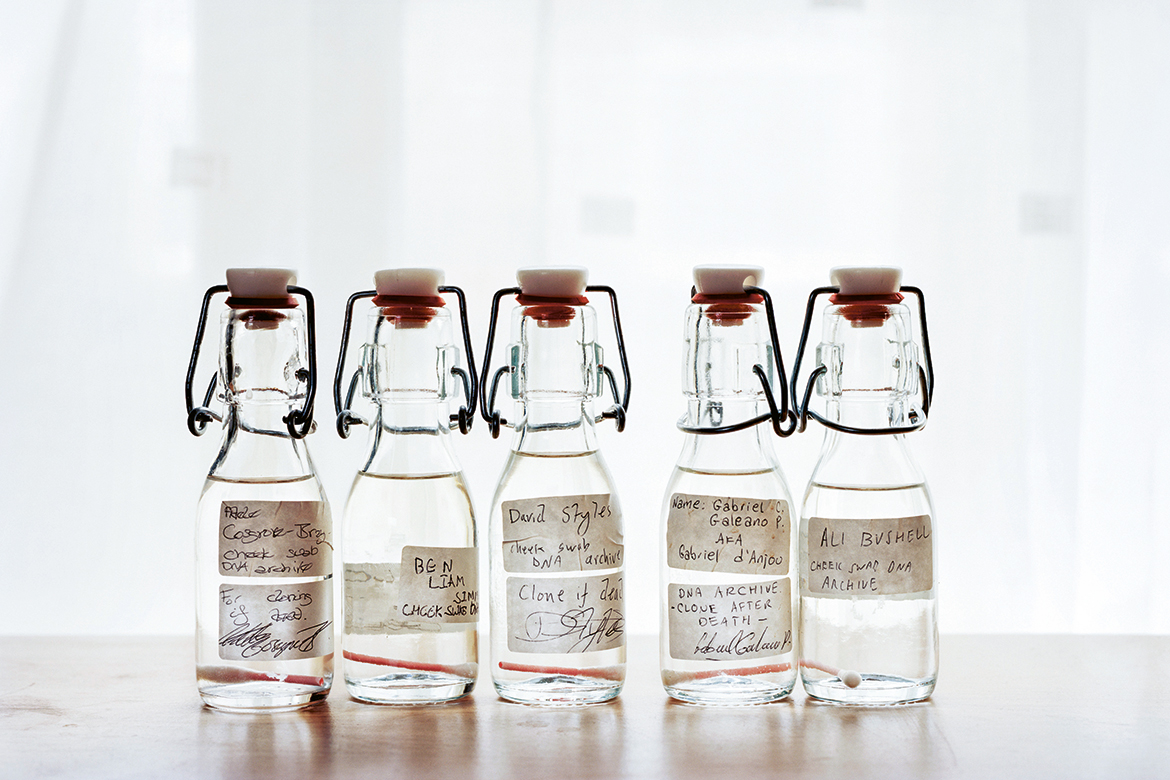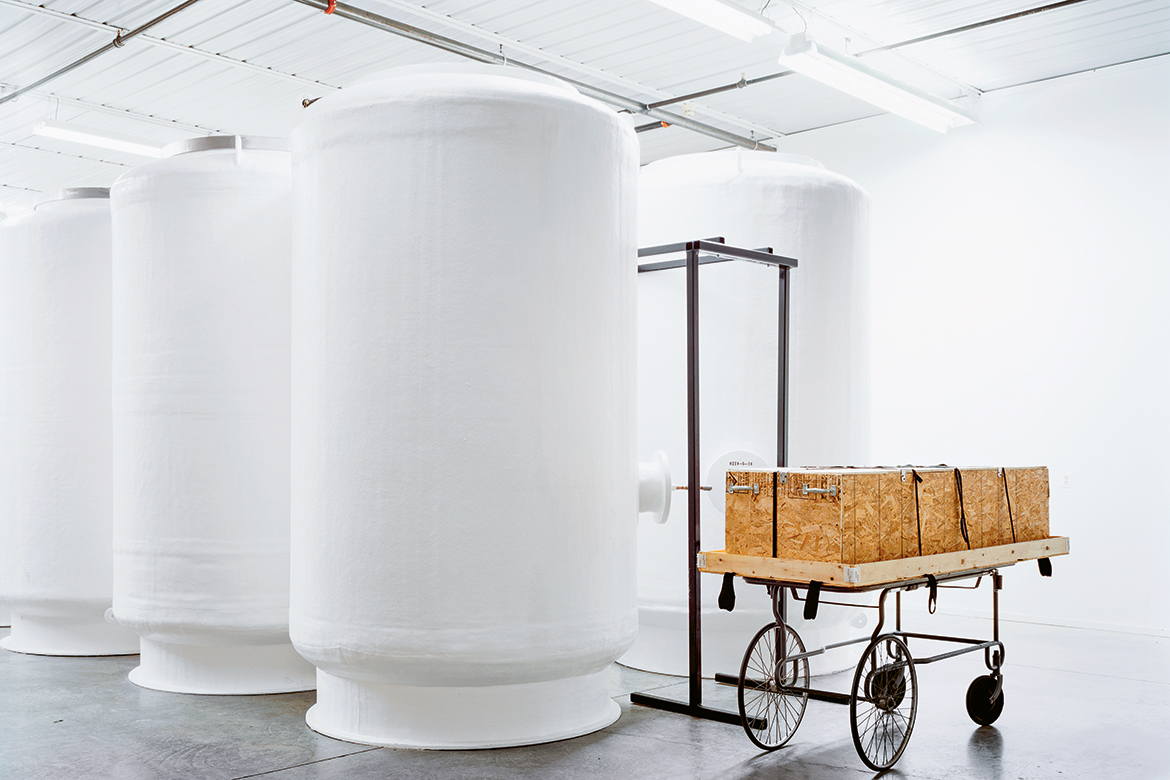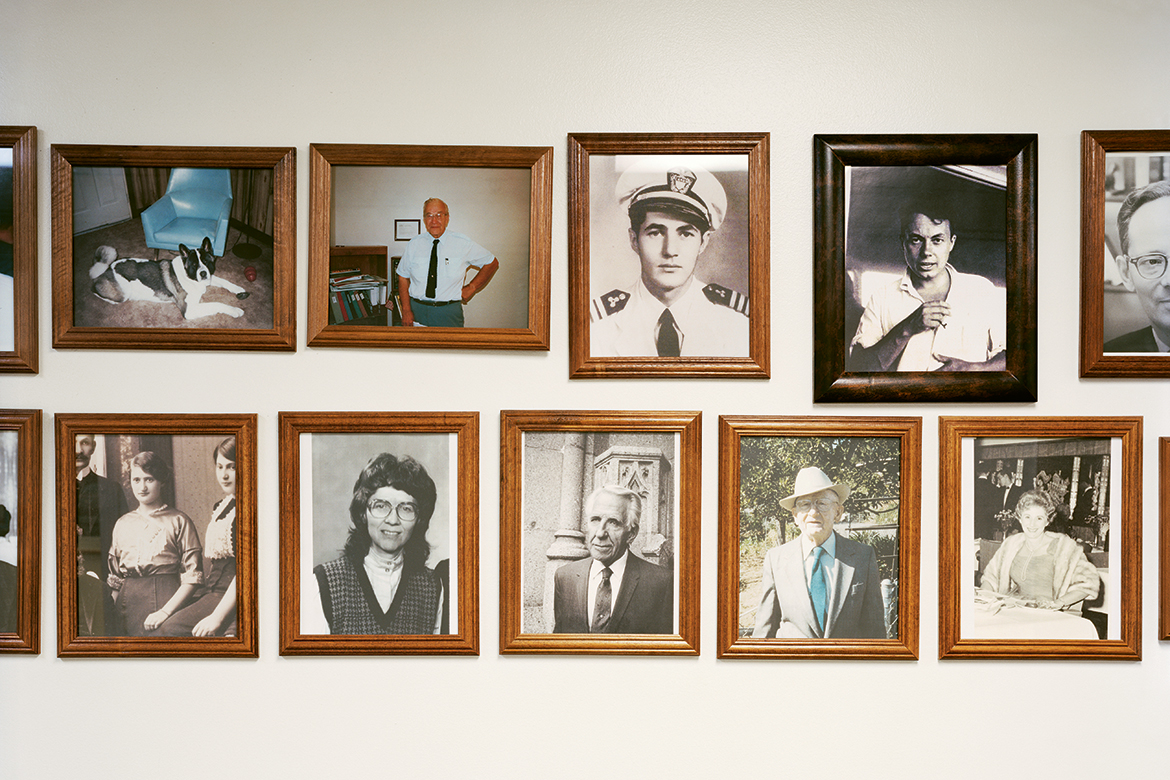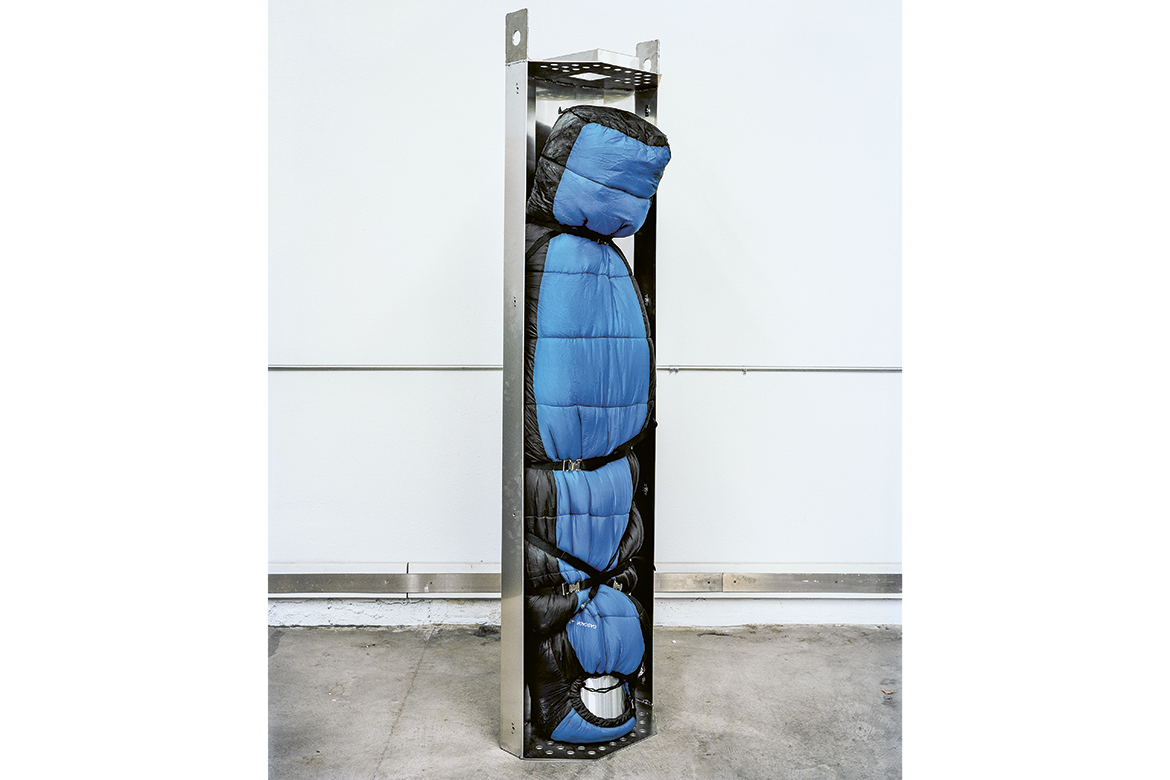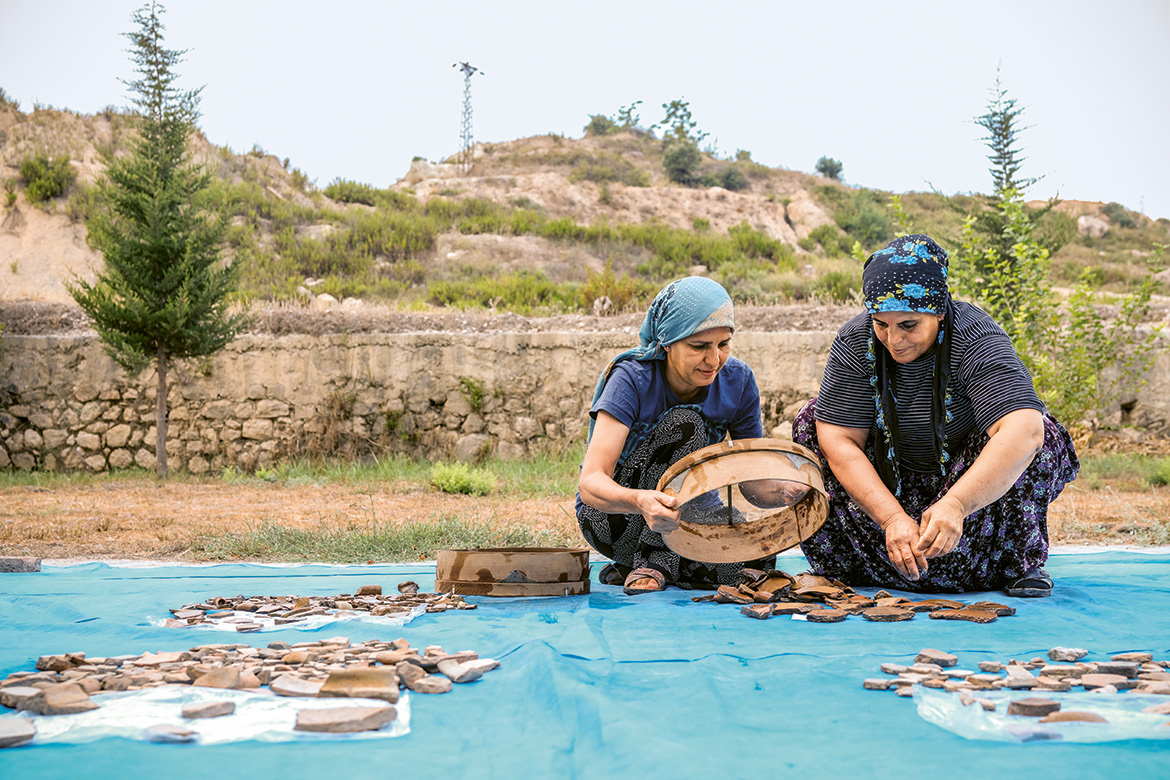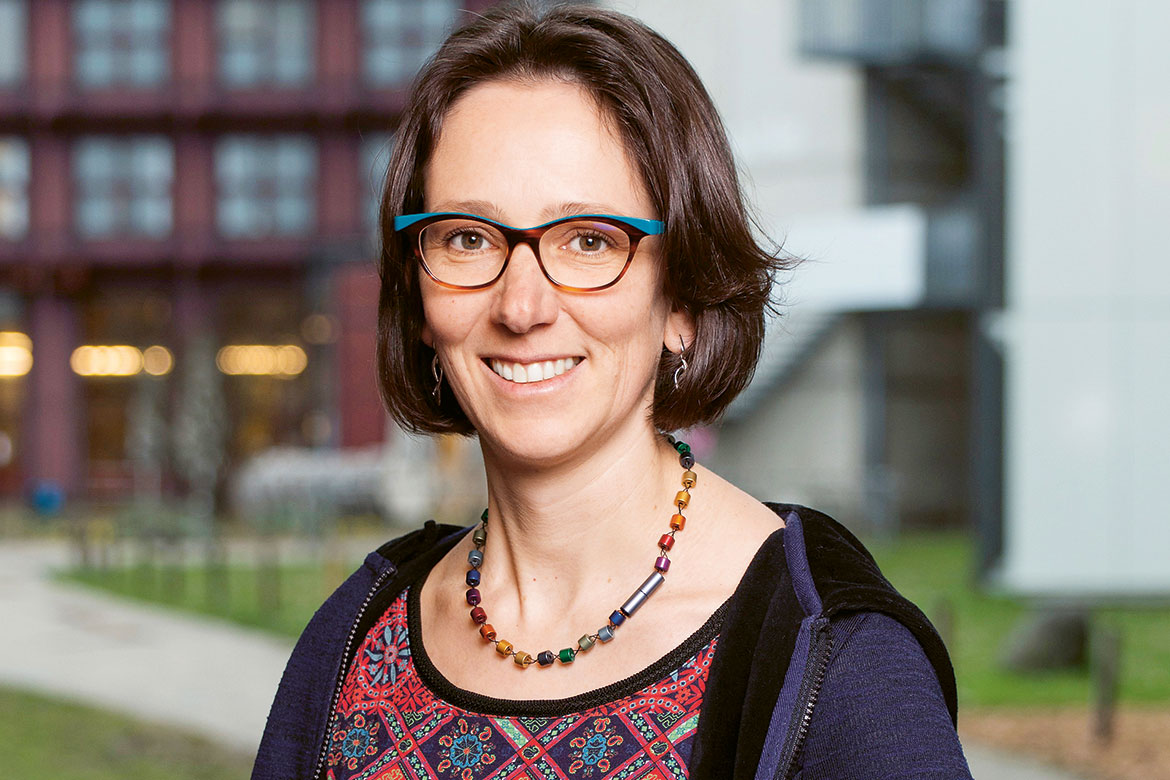Feature: Belief in science
In the picture: Rising like a phoenix
We tend to laugh at people who have their remains frozen in hopes of science resurrecting them at some later date. From 2006 to 2016, the photographer Murray Ballard investigated this controversial practice of cryopreservation in a series of images which he hopes remain sober and unbiased. He takes photos of the technical processes and makes portraits of the people who want to overcome death. The public can then decide for itself whether the adherents of this practice are caught up in a science-fiction fantasy world, or are engaged in true scientific innovation.

